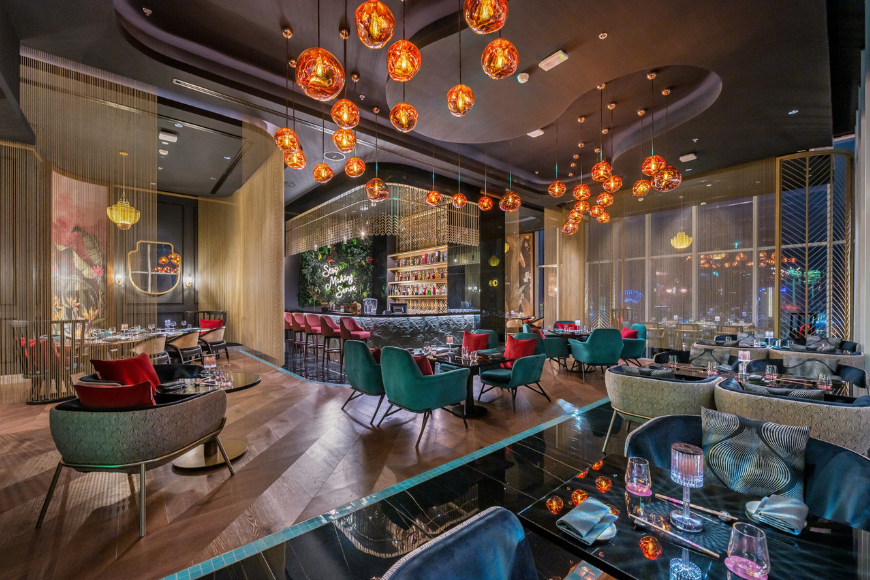Saudi Arabia has a rich history and culture which is explored in the Kingdom's fascinating museums.
26 September 2013
| Last updated on 27 June 2017
Saudi Arabia has a rich history and culture which is explored in the Kingdom's fascinating museums.
National Museum of Saudi Arabia
Address: King Abdul Aziz Historical Center, Riyadh
Wbsite: www.nationalmuseum.org.sa
Tel: 966 1 402 9500

Inside the National Museum, you can find a captivating display of Saudi Arabia's culture in past and present forms. There are different types of antiques, manuscripts, documents and display boards that showcase an erstwhile era. Inside the National Museum, Riyadh, you can find a captivating display of Saudi Arabia's culture in past and present forms. There are different types of antiques, manuscripts, documents and display boards that showcase an erstwhile era and display boards that showcase an erstwhile era.
Masmak fort
Address: Al Thumairi St, Ad Dirah, Riyadh
Website: www.ksau-hs.edu.sa/English/LifeInCampus/Pages/TheMasmakFort.aspx

Photo: excurser.ru
The Masmak Fort is one of the main attractions for visitors and students alike. Not only does the Fort represent the recent culture in the area but also is a focal point in history of Riyadh and that of the nation. The word 'masmak' means strong, thick and fortified which is a perfect description of this fort. The castle was constructed during Mohammed bin Abdullah bin Rasheed's reign and came under King Abdulaziz's rule, when Riyadh was conquered. This represents the turning point in King Abdulaziz’s efforts to unify the country. Today, it's open to the public, as the Al Riyadh Development Authority has converted it into a museum. It is a very interesting place to visit as one quickly observes the ways of previous generations.
Murabba Palace
Address: King Saud Rd Al-Futah, Riyadh

Photo: Al Shababi/Pinterest
The palace was built by King Abdulaziz outside Riyadh, being the first major expansion of the city in the twentieth century. Construction was started in 1936, partly finalized in 1938 and fully completed in 1945. The palace was intended to be a family residence and court for the king. With the construction of the palace three novice technologies were introduced to the Saudi society: the use of the automobiles as means of transportation, electricity by means of generators and water closets with drainage systems.
Abdul Raouf Kalil Museum
Address: Al Madani, Al Andalus, Jeddah
Tel: +966 12 683 0042

The Abdul Raouf Khalil Museum consists of the main buildings, the mosque, the facade of the castle, the home of the Saudi Arabian heritage, the home of the Islamic heritage, the home of the World Heritage, exhibit heritage overall. The The museum not only presents the rich Islamic cultural heritage of the city but also its preilamic history that goes back to 2500 years; it traces the various civilizations that inhabited the region. Located in the downtown district, the Abdul Raouf Khalil’s Museum in Jeddah boasts of large collection of items and artifacts belonging to the Ottoman Turks and the fishermen tribes who were the first inhabitants of the region.
Hejaz Railway Museum
Address: Omar Ibn Alkhtab Rd, As Suqya, Medina

The Hejaz Railway Museum in Medina is a railway museum that opened in 2006. It is on the grounds of the restored historic Ottoman railway station at Medina, locally called "Istasyun", including a stretch of the historic track and a train shed with originally four tracks. There are several engines and pieces of rolling stock on display, some of which has been transported to the museum from other places along the historic Hejaz railway line. At least one engine has been restored enough to be driveable on the museum tracks. It is, along with the old train station at Mada'in Saleh, one of two museums in Saudi Arabia dedicated to the Hejaz railway.
Jeddah Regional Museum of Archaeology and Ethnography
Address: Al-Nuzlah al-Yamaniyah, Jeddah

Photo: designhome.ae
The Museum is in the historic Khuzam Palace in the Al-Nuzlah al-Yamaniyah quarter in the south of Jeddah. The building was constructed as a royal palace from 1928 to 1932 under the supervision of Muhammed bin Laden.


















































































































